SOURCE: AFI


Recent reports suggest that Bangladesh has been providing weapons training to civilians living close to the Indo-Bangladesh border, escalating tensions and prompting a reevaluation of security protocols by India. Experts are now advocating for the immediate scrapping of the Non-Lethal Treaty to empower the Border Security Force (BSF) with unrestricted operational capabilities.
According to sources, Bangladesh has been conducting training sessions for civilians, teaching them how to handle small arms and potentially engage in border skirmishes or protect against Indian border forces. This move could be seen as an attempt to assert control or deter Indian forces from taking stringent measures against illegal activities like smuggling, which are prevalent along this border.
Continue readingSOURCE: IDRW.ORG


China’s recent confirmation of the development of a hypersonic air-to-air missile (HAAM) marks a significant advancement in its defense capabilities and presents a notable challenge to India’s air defense and air superiority strategies. Announced on January 19, 2025, through the South China Morning Post, this missile is designed to operate at speeds exceeding Mach 5, equipped to target high-value assets like Airborne Warning and Control Systems (AWACS) and other strategic aircraft that are often stationed far from conflict zones.
The missile, capable of flying at speeds greater than Mach 5, leverages the advantage of speed and unpredictability, making it extremely challenging to intercept with current air defense systems.The use of arc-heated wind tunnels for testing signifies China’s focus on overcoming the severe aerodynamic heating issues associated with hypersonic travel. Temperatures experienced at such velocities can degrade missile structures or disrupt electronics, but successful management of these conditions suggests a robust, combat-ready missile.
Continue readingSOURCE: IDRW.ORG


In a significant boost to India’s defense technology landscape, Sisir Radar, a pioneering startup in the space and radar technology sector, has clinched two major Innovation for Defence Excellence (iDEX) challenges. These victories are for the development of L-band and P-band Synthetic Aperture Radar (SAR) systems and an innovative Unfurlable Dual Band (L+P) Reflector Antenna, specifically tailored for the Indian Air Force (IAF).
Sisir Radar’s success in these iDEX challenges underscores its commitment to advancing India’s capabilities in radar technology for both strategic reconnaissance and operational effectiveness:
SOURCE: AFI


India’s Medium Role Fighter Aircraft (MRFA) tender is one of the most significant defense procurement programs, aimed at modernizing the Indian Air Force (IAF) fleet with advanced multirole fighter jets. With a potential budget of $25 billion, there is growing curiosity about how many F-35A Lightning II jets—often considered the pinnacle of modern fighter aircraft—India could acquire if it opts for this 5th-generation stealth fighter over other contenders.
As of recent contracts, the unit price for the F-35A is approximately $80 million. Additional costs, including training, spare parts, mission systems, and logistical support, can significantly increase the total cost. For most international buyers, the total program cost per aircraft is estimated at around $200 million when factoring in lifecycle support and infrastructure.
Continue readingSOURCE: AFI
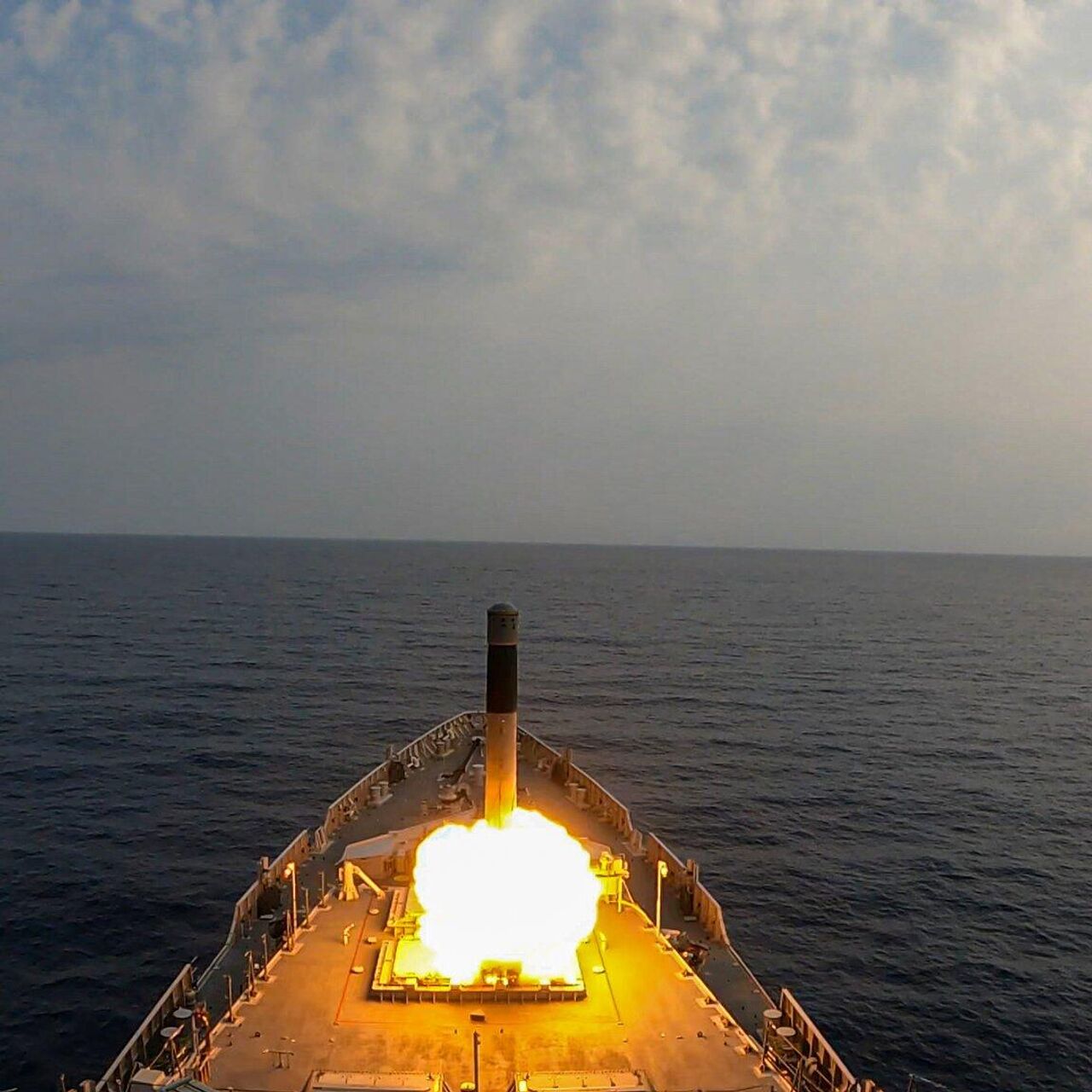

India’s defense strategy has long leaned heavily on the BrahMos supersonic cruise missile, a joint venture between India and Russia, known for its speed and precision. However, this reliance has sparked a debate about the sustainability and cost-effectiveness of such dependence, especially as India struggles to develop or procure more affordable, indigenous alternatives.
The BrahMos missile, named after the rivers Brahmaputra and Moskva, has become a cornerstone of India’s military might. It boasts a supersonic speed of Mach 2.8, making it one of the fastest cruise missiles in operation, capable of being launched from land, sea, sub-sea, and air platforms. Its versatility and effectiveness have made it an integral part of India’s tri-services (Army, Navy, Air Force) operations, with deployments ranging from coastal defense to strategic land strikes.
Continue readingSOURCE: AFI
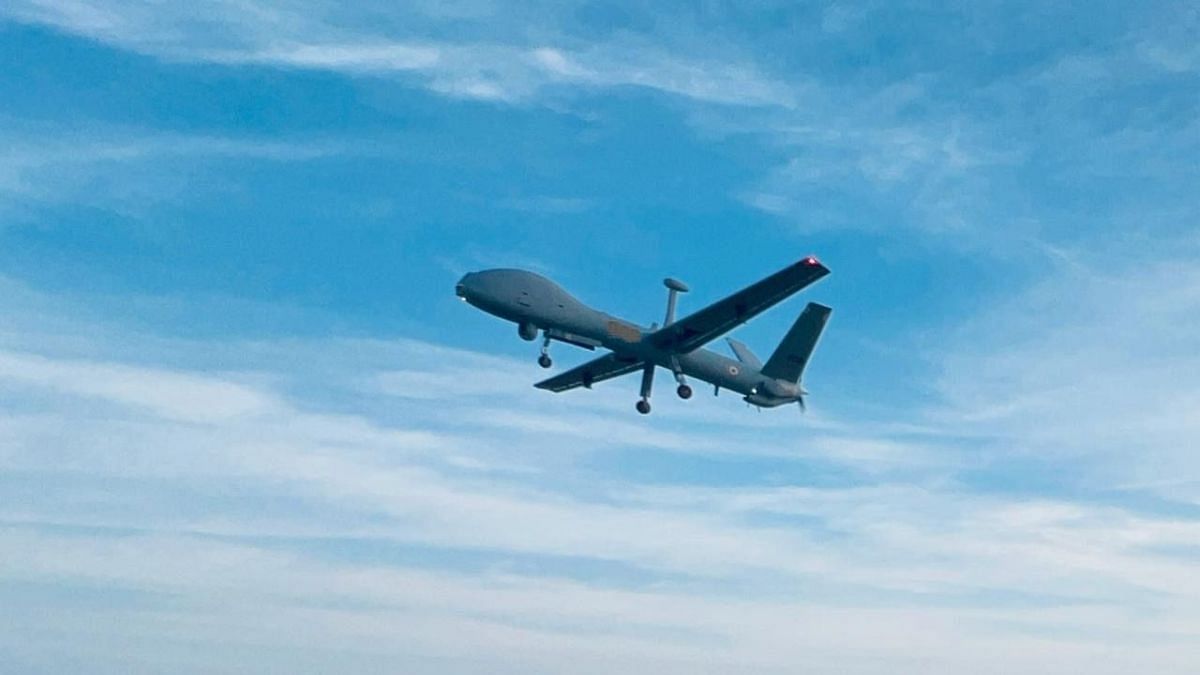

The Indian Navy and Army’s decision to procure the Drishti 10 Starliner unmanned aerial vehicles (UAVs) without comprehensive trials has recently come under scrutiny, particularly in light of a costly crash incident involving one of these drones. This situation has raised questions about the decision-making processes within India’s military procurement system, casting a shadow over the operational readiness and strategic planning of the armed forces.
The Drishti 10 Starliner, developed by Adani Defence and Aerospace in collaboration with Israeli firm Elbit Systems, is a variant of the Hermes 900. It was intended to bolster the surveillance and reconnaissance capabilities of the Indian Navy and Army. The decision to purchase these drones was made with urgency, invoking emergency procurement powers to expedite the process.
Continue readingSOURCE: AFI

A recent audit conducted by the Comptroller and Auditor General (CAG) of India, covering the fiscal years 2018-19 to 2020-21, has shed light on significant water supply issues within military installations managed by Garrison Engineers (GEs). The findings indicate a systemic failure in ensuring adequate water provision to defence personnel, which could impact operational readiness and welfare.
According to the CAG report, an astonishing 15 out of the 20 Garrison Engineers (GEs) under scrutiny provided less water than what was officially authorized to military stations across the country. The discrepancies in water supply were stark, with deficits ranging from a relatively manageable 10.13% to a concerning 62.97% below the prescribed levels. This shortfall raises questions about the maintenance of health, hygiene, and operational efficiency within these critical defence areas.
Continue readingSOURCE: AFI
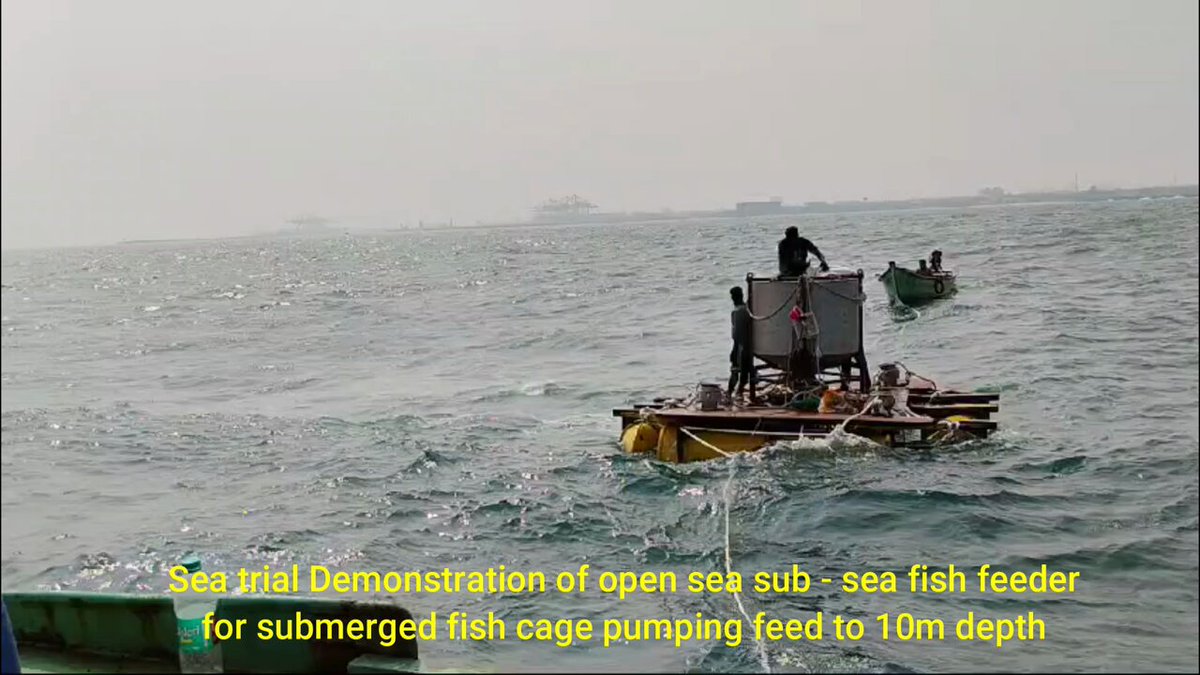

In a groundbreaking advancement for aquaculture, the Ocean Electronics group of the National Institute of Ocean Technology (NIOT) has successfully conducted sea trials of an innovative feeding system designed for use in open-sea, submerged fish cages. This pioneering technology, which operates at a depth of 10 meters in rough sea conditions, represents a significant leap forward from existing systems, which are limited to shallower depths.
The system developed by NIOT leverages a water ejector mechanism to dispense fish feed, marking the first time such technology has been effectively tested at these depths worldwide. Unlike the systems by AKVA-USA, which have only been operational at depths of 4-5 meters, NIOT’s solution pushes the boundary to 10 meters. This advancement is crucial for aquaculture in regions prone to harsh weather conditions, where traditional surface-level feeding can be disrupted.
Continue readingSOURCE: RAUNAK KUNDE / NEWS BEAT / IDRW.ORG


Bangalore-based aerospace company Q-Alpha Aerospace is set to showcase a scaled-down model of its groundbreaking RHH-150 Air-Breathing Variable-Range Multi-Role Agile Hypersonic SWARM UCAV at the upcoming Aero India 2025 in Bengaluru. This unveiling marks a significant milestone in the evolution of unmanned combat aerial vehicles (UCAVs), highlighting advancements in hypersonic propulsion, SWARM capability, and multi-role versatility.
The RHH-150 represents the pinnacle of modern aerial combat technology. Designed for reconnaissance, strike, and support roles, it combines hypersonic speeds with unparalleled agility and advanced AI systems to deliver mission-critical capabilities across diverse operational scenarios.
Continue readingSOURCE: RAUNAK KUNDE / NEWS BEAT / IDRW.ORG
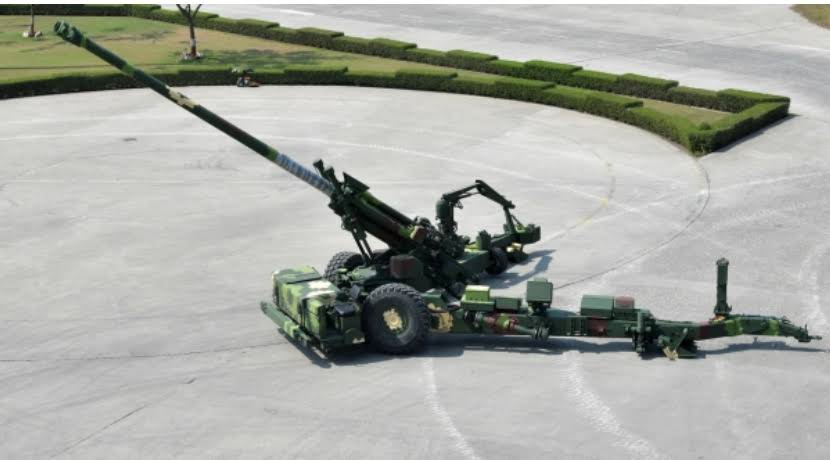

The L&T Nexter consortium has introduced the TRAJAN, a state-of-the-art 155mm/52cal towed howitzer, which is now a significant contender in the Indian Army’s Towed Gun System (TGS) tender. This development comes at a time when the Indian military is looking to bolster its artillery capabilities with modern, reliable, and locally manufactured systems.
TRAJAN is based on the renowned CAESAR ordnance, bringing to the table the combat-proven artillery technology currently used by the French Army and several other forces globally. This howitzer has undergone rigorous evaluation by the Indian Army, involving extensive firing and mobility trials across various terrains and under diverse climatic conditions. The system has been tested for its ability to deliver enhanced firepower, showcasing quicker response times, longer range, and improved accuracy, which are critical in modern warfare scenarios.
Continue readingSOURCE: RAUNAK KUNDE / NEWS BEAT / IDRW.ORG
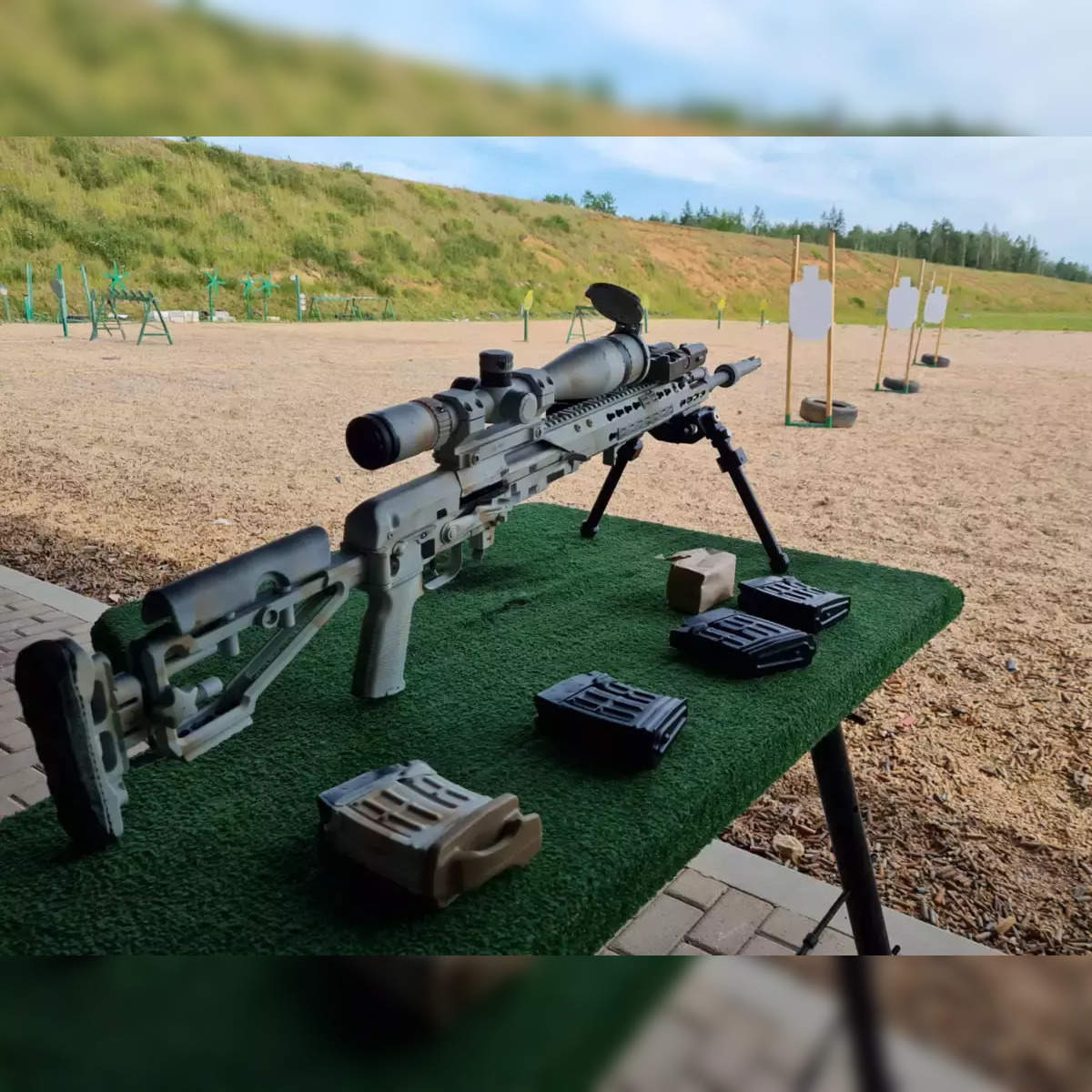

In a significant modernization push, the Indian Army has started replacing its long-serving Dragunov sniper rifles with the more advanced Sako TRG 42, chambered in .338 Lapua Magnum. This transition marks a strategic upgrade in the Army’s sniper capabilities, aiming to enhance precision, range, and effectiveness in various operational theaters.
The Dragunov SVD, a semi-automatic rifle of Soviet origin, has been a mainstay of the Indian Army’s sniper units since its induction in the mid-1980s. Known for its reliability and ease of use, it has served through numerous conflicts, providing Indian snipers with a dependable weapon. However, with evolving combat scenarios and the need for greater accuracy and range, the Indian Army has decided to move towards the Sako TRG 42.
Continue readingSOURCE: AFI
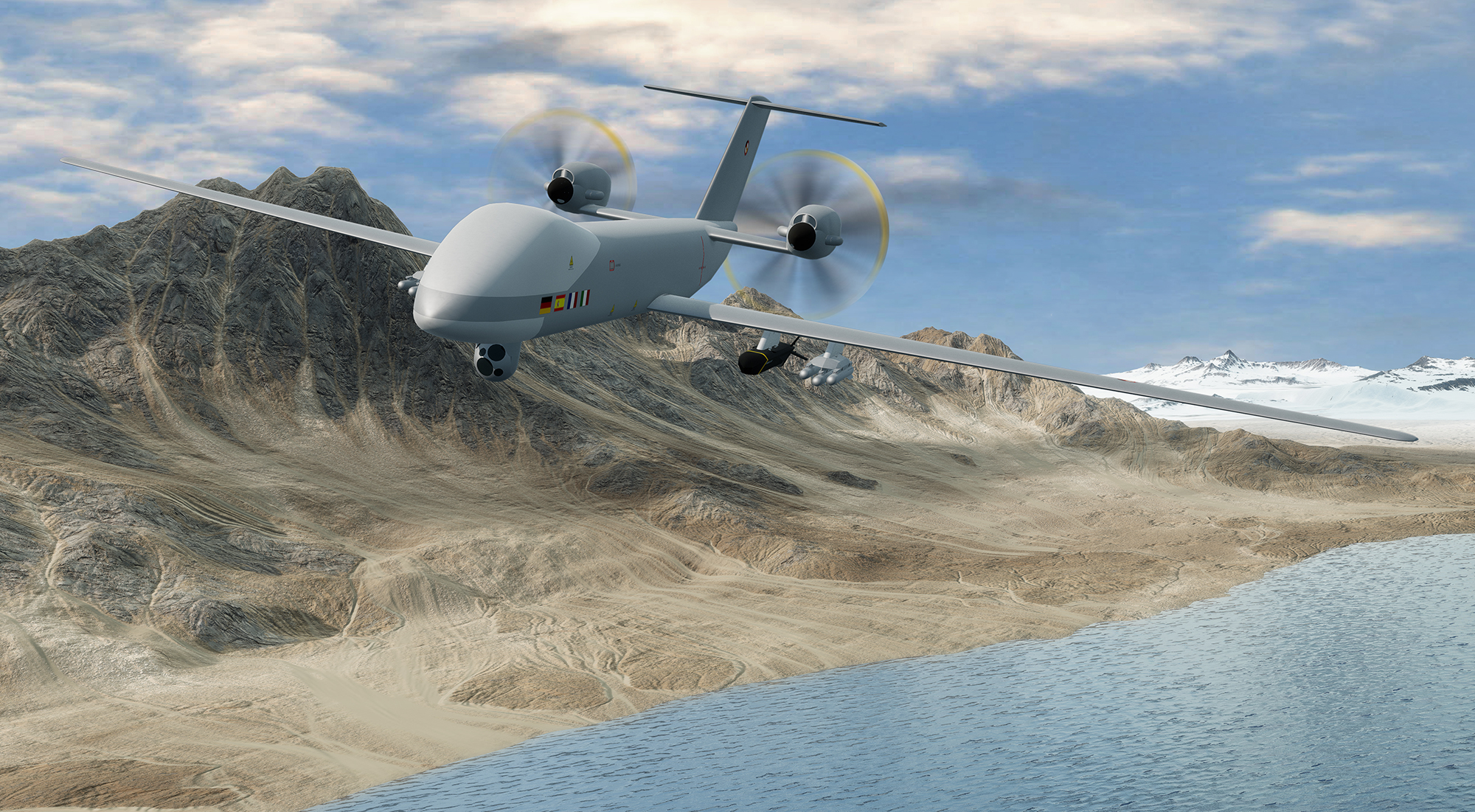

In a significant development that underscores India’s growing interest in fostering defense ties with Europe, Airbus has welcomed India as an observer to the Eurodrone programme. This move, facilitated by the Organisation for Joint Armament Cooperation (OCCAR), signals India’s intent to explore potential collaboration with Europe in advanced defense technology projects. The development was first reported by IDRW.org.
India’s observer status in the Eurodrone programme, facilitated by the Organisation for Joint Armament Cooperation (OCCAR), signifies a step towards potentially deeper collaboration. This role allows India to monitor the project’s progress, understand its technologies, and assess possible areas for future partnership.
Continue readingSOURCE: AFI


In a move that could significantly reshape India’s defense capabilities, President Donald Trump is reportedly considering elevating India’s status to be on par with NATO country members for the procurement of American weapons, according to defense analyst Ramesh Rajan. This elevation would potentially allow India to access top-tier U.S. military hardware without the stringent scrutiny that has previously characterized such transactions.
If Trump follows through with this policy, India would enjoy the same privileges in arms procurement as NATO allies, which could bypass many of the bureaucratic hurdles and licensing delays currently in place. Rajan suggests this could open doors for India to procure high-end, cutting-edge weapons directly from the United States, rather than settling for export variants which often come with less advanced technology or features.
Continue readingSOURCE: AFI


In an exciting development for the defense sector, Armory, a burgeoning defense technology startup, is set to showcase its latest innovation, the SURGE, at an upcoming defense technology expo. This new system represents Armory’s foray into counter-drone technology, specifically designed to mitigate threats posed by unauthorized drones in sensitive areas.
SURGE, developed entirely in-house by Armory’s team of engineers and defense technology experts, promises to be a significant addition to the arsenal of counter-unmanned aerial system (C-UAS) solutions. This drone jammer is engineered to detect, track, and neutralize rogue drones efficiently, offering a blend of advanced detection capabilities and precise signal disruption.
Continue readingSOURCE: AFI


In a significant stride towards technological advancement, the Indian Army (IA) is in the process of transitioning from traditional pack mules to AI-powered robotic counterparts. This shift, highlighted by the display of the new Multi-Utility Legged Equipment (MULE) robots at the Army Day Parade in Pune on January 15, marks a pivotal moment in the Army’s modernization efforts, particularly in logistics within inhospitable terrains like the Himalayas.
For nearly two centuries, mules have been the unsung heroes of the Indian military, shouldering the burden of logistical support in some of the world’s most challenging environments. From the battlefields of the two World Wars to the dense jungles of the Burma campaign, these animals have been instrumental in delivering supplies where human effort alone would falter. The current 4,000-strong contingent of pack mules has been a testament to their indispensable role in military logistics.
Continue reading